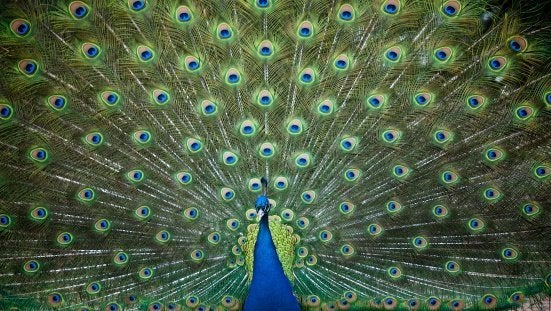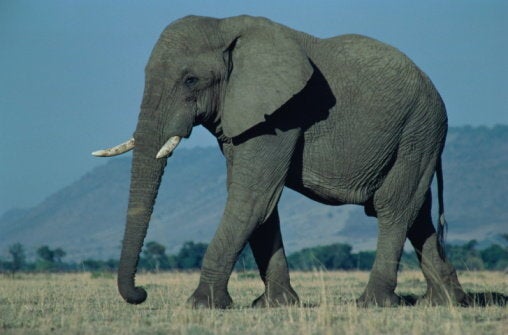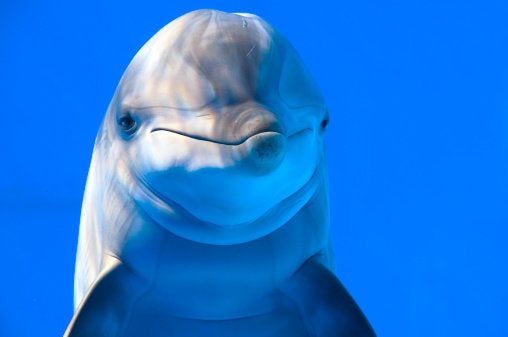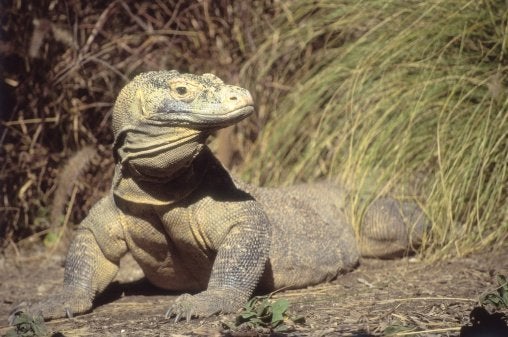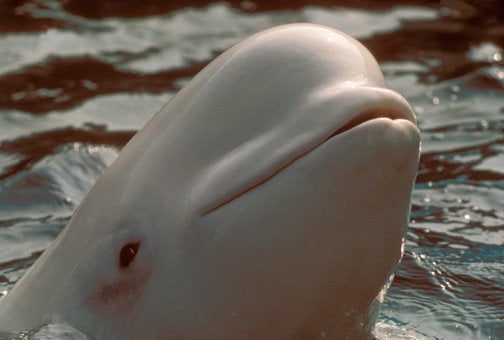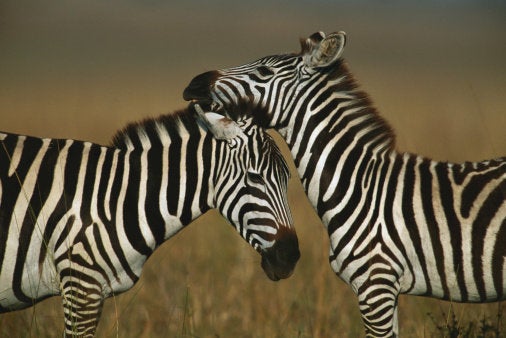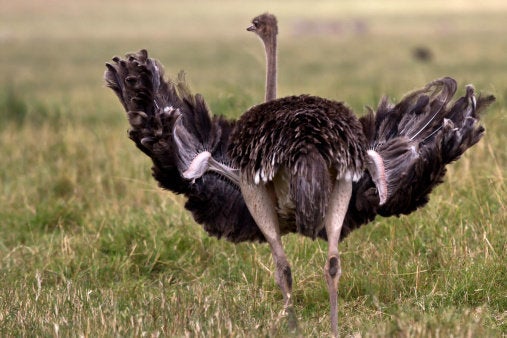My new book, The Secret Language of Animals: A Guide to Remarkable Behavior, takes us inside the animal kingdom to explain the behaviors of the world's most fascinating wild animals. Divided geographically into five sections--Africa, Asia, North America, the oceans, and the poles--the book discusses the movements, routines, body language, patterns of communication, and more in 20 animals, from the African elephant to the plains zebra to the Adélie penguin.
Humans use gestures, facial expressions, and body stance to show exactly how we feel--intentionally or unintentionally. Most animals you'll see at the zoo are communicating too. To better understand them, it helps to know a bit about their social structure. Do they typically live in herds, family groups, bachelor groups, harems, or off on their own? The interactions you see in zoos are drawn directly from these scripts. For instance, pandas, which are essentially solitary in the wild, all but ignore each other in their zoo exhibits (unless it's breeding season). Monkeys, on the other hand, are constantly touching, hooting and playing, reflecting their more complex social culture. Each species has its own rules and reasons, primarily to ensure the survival of the individual and his genes. Take a little tour with me here, and get a lot more out of your next safari or visit to the zoo.
Below are some of the goofiest, quirkiest and most captivating methods animals use to communicate.

